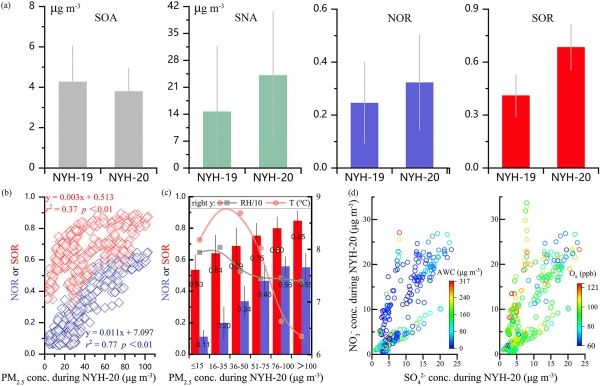The findings are published in Geophysical Research Letters. During the Chinese Lunar New Year holiday between January 24 and February 10, 2020, China was in an unprecedented state of shutdown because of COVID-19, with mobility, energy demands, and industrial pollution emissions remaining far below their normal levels. Nevertheless, a high and widespread haze pollution was observed over Eastern China.
To investigate this puzzling occurrence, Yunhua Chang, Professor, of the Nanjing University of Information Science & Technology, Ru-Jin Huang, Professor, of the Chinese Academy of Sciences, and their colleagues analyzed the chemical components of the air in and out of Shanghai before, during, and after the Chinese New Year holidays in 2019 and 2020, and they performed atmospheric transport modeling, a method to track particles and trace gases that are dispersed by atmospheric winds.
Continue reading at Wiley
Image via Wiley


